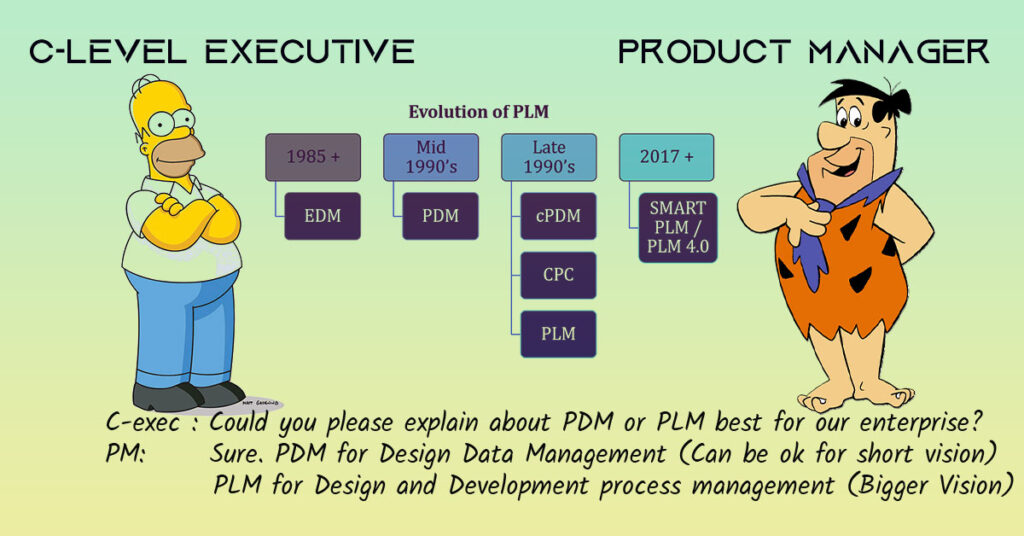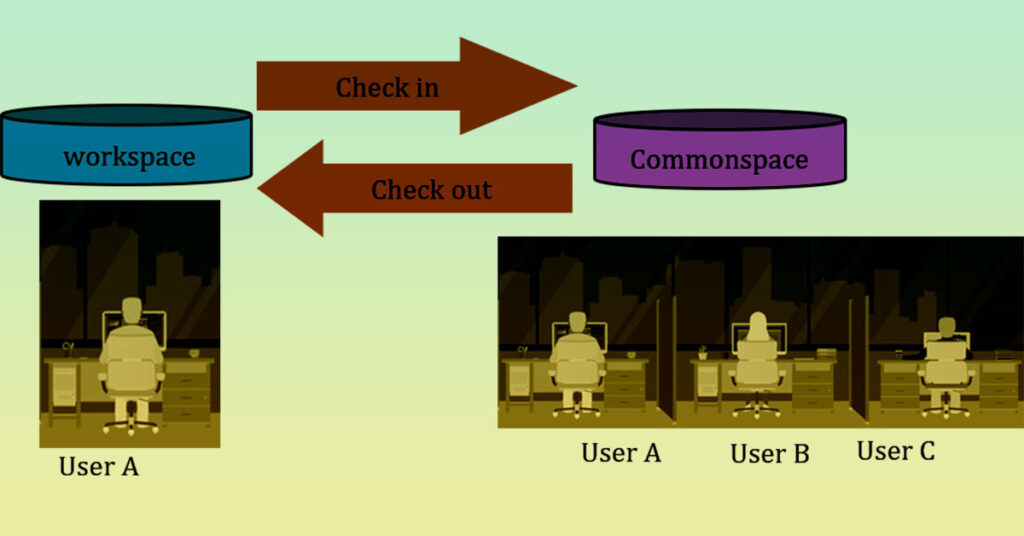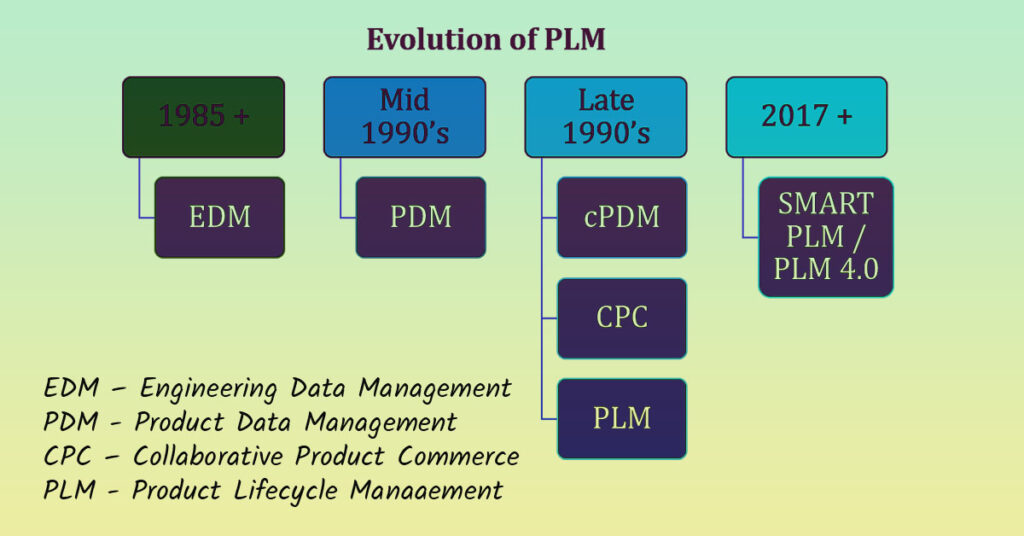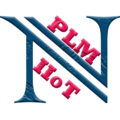
Product Data Management (PDM) or Product Lifecycle Management (PLM) is the normal scenario for any manufacturing enterprises while starting their digital transformation. Choosing the exact solution based on the requirement is a challenging job. So as a thumb rule before going for a concrete decision, understand the difference between PDM and PLM as well how both of complement each other.
A system used during product design to store and retrieve data to ensure information consistency throughout the life cycle of a product. It benefits use of concurrent engineering while maintaining control of data and distributing it automatically to the people who need it – when they need it.
PDM works on the concept of Check In and Check Out Mechanism.
Workspace: private area where the user can work on the objects, create new ones. This area is not accessible by other users. Each time a user wants to work on a product data, this object has to be brought into his workspace.
Commonspace: Shared area accessible to all authorized users. This is where checked in objects go.

So PDM is a centralized information monitoring system made use of to manage new product related CAD data, its features, iteration and also its connected business processes. PDM handles, utilizes, as well take advantage of design and also development process data. Manufacturers of all sizes (small to medium to large to OEM) all gain from PDM. Product manager recognizes the details of the design information, and have the ability to utilize them in item development. It proactively constructing means to accumulate and also take care of information, and utilizing it to develop a final product, supplied to the end customer. Every change is tracked, because of the fact that the variant control is structured, it’s straightforward to go back to a previous variation.
PDM is the core of PLM.
PLM is a business strategy that helps companies share product data, apply common processes, and leverage corporate knowledge for the development of products from conception to retirement across the extended enterprise. PLM develop an incorporated digital platform to trace the NPD/NPI process. PLM is most likely to aid product design obtain their CAD files regulated, process engineering change orders quicker, increase component reuse, and so on but what will the overall company effect be? By carrying out a PLM system, business can simplify and also reduce each stage of the product development process is consider a crucial success variable.

Products are becoming more advanced and smarter. Enterprise’s need a better model to support their product development in this competitive era. PLM manage all aspects of the product lifecycle, from concept design to product retirement.
To be competitive, corporations must alter their product and process development cycle to be able to complete diverse tasks concurrently. PLM along with PDM helps companies take a cohesive, holistic view of their products and product-related processes that results in
- Efficiency improvements
- Improving development for new products
- Reduced costs
- Increase productivity
- Improved quality of products
PLM is required to incorporate all task towards the design, manufacturing as well assistance of the product. PLM enable superior product administration from concept to retirement. PLM can assist individuals improve their understanding of how products are developed, built as well as serviced.
When it comes to selecting a PDM/PLM system, there are many factors to consider. It is important to choose the right system that meets your business objectives and enables you to effectively manage your product lifecycle. The right PLM system can help you manage product development and production, streamline processes, reduce costs, and increase efficiency. It’s important to take the time to evaluate different PLM systems and determine which one is best suited for your needs.
Final Thoughts:
Recognizing the difference in addition to greater possibility for PLM that how it is most likely to add worth to enterprise. When thinking about the requirements for PLM, you ought to think about the amount of gross profits as well as the variety of staff members, CAD users, as well as non-CAD users that require accessibility to product design data. An efficient PLM program, with well-defined connected campaigns and a purposeful carrying out plan, sets the ground for an effective transformation. In current scenario, SME manufacturers can opt for cloud-based PLM to compete in this smart connected world.


